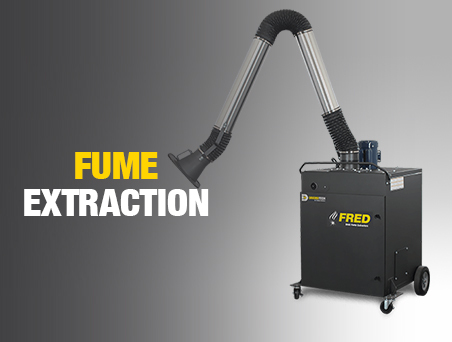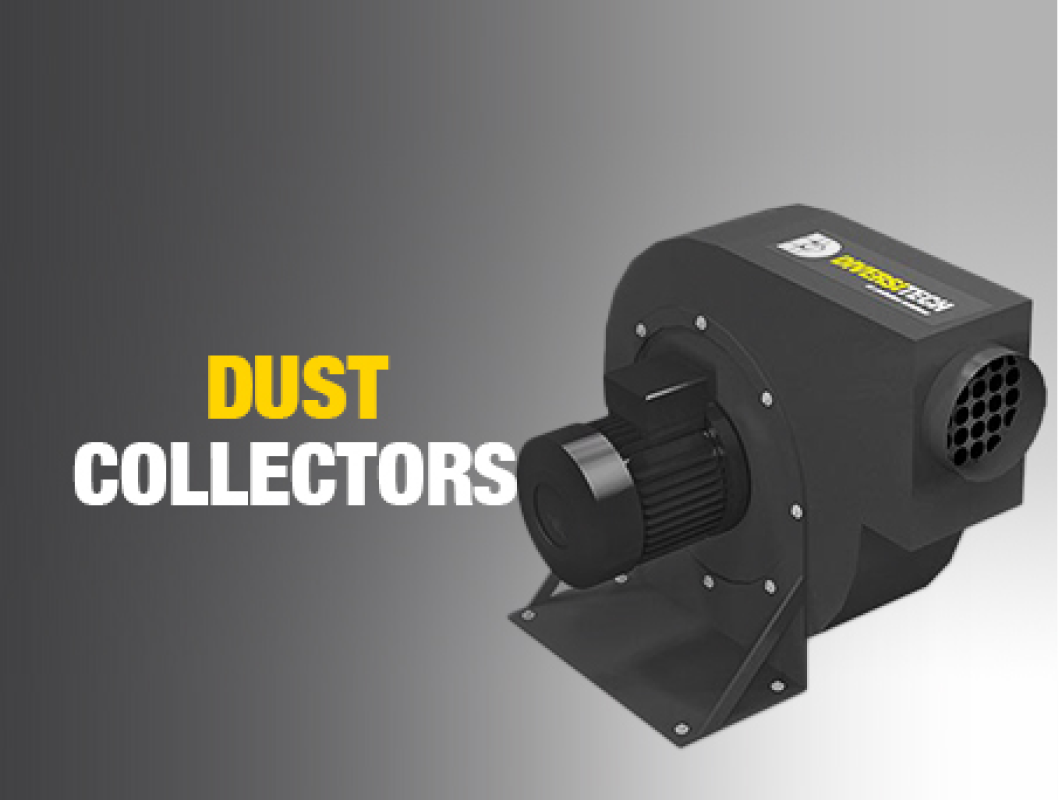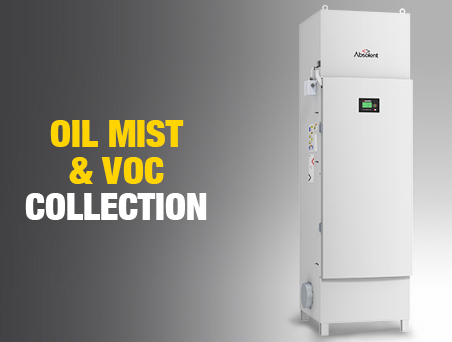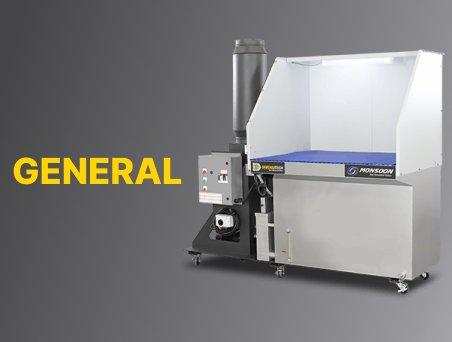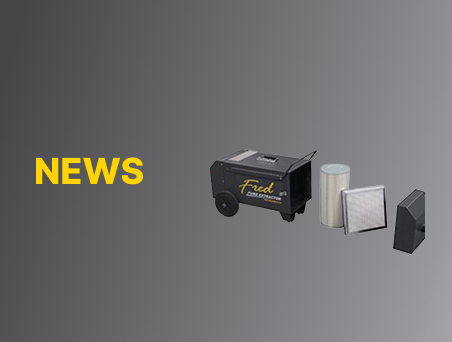NFPA 484
The National Fire Protection Association (NFPA) has rolled out the latest version of NFPA 484 Standard for Combustible Metals this year. Addressing facilities and industries that generate and handle combustible metal dusts and powders, this newest version of NFPA 484 comes with a substantial number of changes.
The Dangers of Metal Dusts
Metal dusts from industrial applications pose unique challenges when compared to other combustibles. Metals such as aluminum, titanium and zirconium burn at very high temperatures, sometimes as extreme as 4700 degrees Celsius (8500 degrees Fahrenheit) and are very hard to extinguish. When in contact with water, they can disassociate hydrogen and oxygen, increasing fire and explosion hazards. In fine particle form, these metal dusts also burn very quickly. Because of their high density, even small accumulations on surfaces present a secondary explosion hazard.
NFPA 484 provides the necessary guidelines for the safe handling of these combustible metal dusts. With strict adherence to these guidelines, companies can protect their workers and facility from catastrophic harm.
Highlights of NFPA 484, 2019 Edition
Many of the changes to NFPA 484 were made so that it aligns more with NFPA 652 Standard on the Fundamentals of Combustible Dust. Chapter 7, for example, on Dust Hazard Analysis (DHA) conforms with the DHA requirement in NFPA 652.
NFPA 484, 2019 also addresses new and emerging technologies. Chapter 12 focuses on the handling of nanometals, very fine metallic particles smaller than 500 nanometers. Chapter 13 deals with additive manufacturing. Industries involved with these particular applications can find the guidelines they need for their unique situation.
Other highlights of NFPA 484, 2019 include:
- The rewriting of Chapter 11 to clarify dust collection and centralized vacuum systems. New requirements include:
- Dry collection systems are no longer permitted for applications that produce heat or sparks (grinding, sanding, etc.). A wet-type scrubber is now required.
- A time-delay on startup and shutdown of dust collection systems to ensure proper function is also advised.
Downdraft benches and environmental control booths with an integral filter media in wall are now permitted provided that:
- A DHA has been performed
- Less than 0.22 kg (0.5lbs) of dust less than 500 microns is collected and emptied each day
- All components of dust collection systems must be bonded and grounded, independently of the electrical grounding system to minimize accumulation of static electrical charge.
- Portable dust collection systems also have additional requirements and restrictions including:
- Portable indoor, dry-type air-material separators (AMS) can only be used for grinding, sanding and buffing operations.
- Portable indoor, dry-type dust collectors shall not be connected to a permanent piping system.
- Housekeeping must be maintained to keep dust below levels where a secondary dust explosion could occur.
- Additional requirements for ductwork on both wet and dry collectors state:
- Operations generating hot metal particles such as grinding and plasma spray shall have a spark arrester system upstream of the AMS.
For a complete list of updates, visit the NFPA website to download your copy of NFPA 484, 2019 edition.
Or contact us directly. One of our representatives would be happy to answer any questions you may have.
- Topics:Combustible Metals
Related Products
Oil Mist Collectors

The Absolent A•erity family carries advanced oil mist filters that are best suited for CNC machining, grinding, and forming/pressing machines that are running high RPM and high coolant pressure.
FRED SR
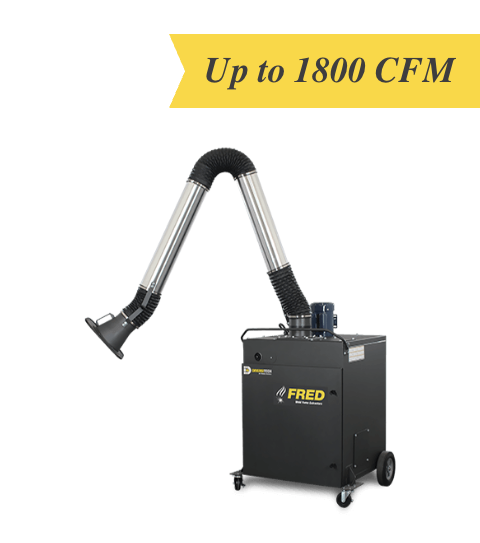
The industry standard for eliminating smoke, dust and fumes, the FRED Sr. is a professional grade fume extractor.
Wet Downdraft Table

TYPHOON WX


